How can the Regenerative effect be achieved?
The regenerative effect can be achieved in several ways:
- Exosome therapy
- Cell Therapies
- Immunomodulation Therapy (regeneration by biologically active molecules administered alone or as secretions by infused cells)
- Tissue Engineering (transplantation of laboratory grown organs and tissues)
For aesthetic treatment Exosome therapy and Cell therapies are widely used:
- Exosome Therapy
- Cell Therapies
Exosome Therapy
What are Exosomes?
Exosomes are tiny sac-like structure that is formed inside a cell and contains some of the cell’s proteins, DNA, and RNA. Exosomes get released into the blood, and travel through the blood to other parts of the body. Exosomes transfer and share information with other cells in your body. The information exosomes share can change the function of the cells that are receiving the information. Messages your exosomes send cells can tell them to heal your body in various ways, including producing more collagen, generating additional healing cells, and speeding up recovery from injury or illness.
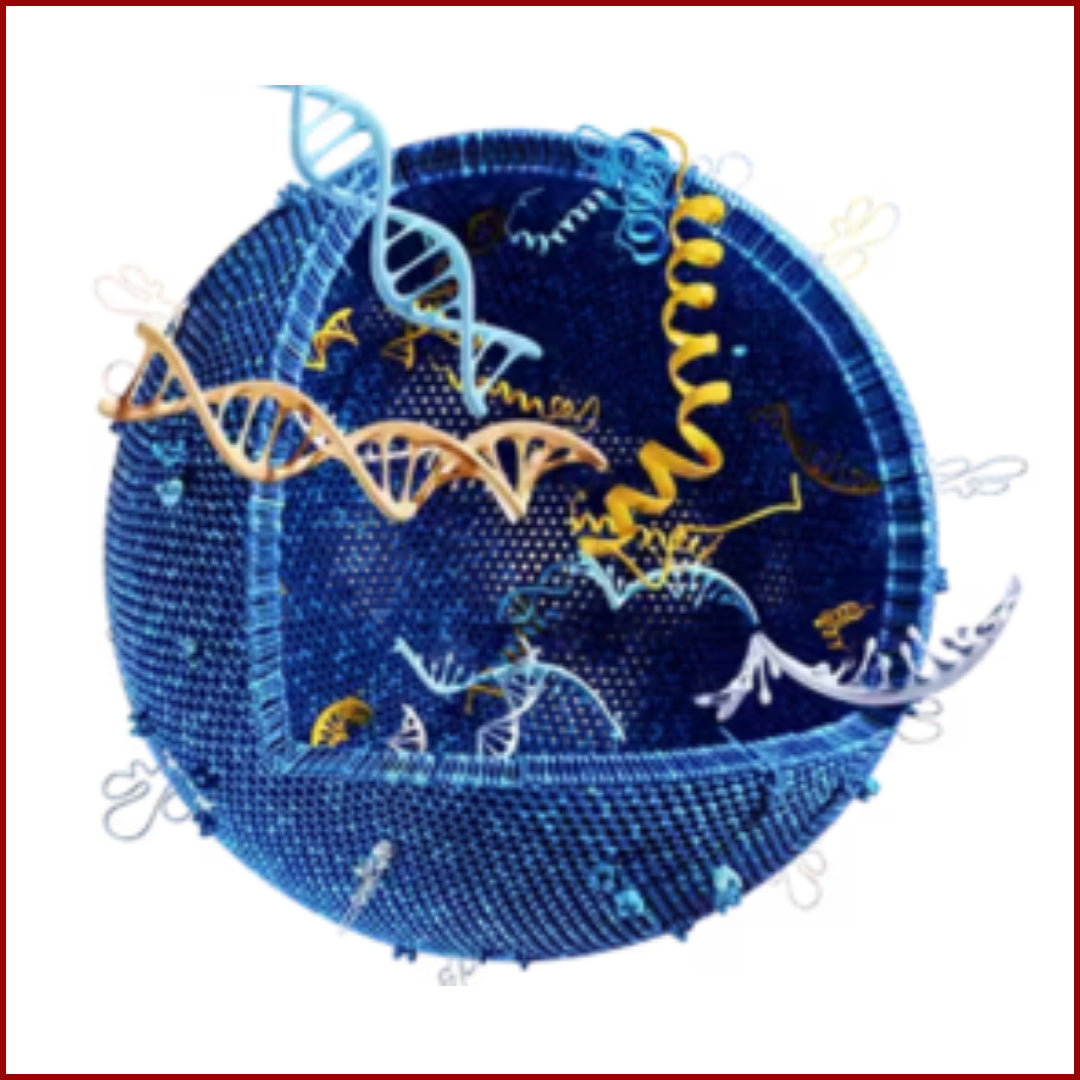
How does Exosome therapy work ?
After the infusion, your body begins a self-healing process by responding to the messages received from the infusion of new exomes. After treatment, you’ll notice new and old injuries healing further, degenerative conditions slowing their progression, and a decreased pain and higher energy level that makes it easier to be active. Exosomes are 100x more powerful than treatments with PRP.
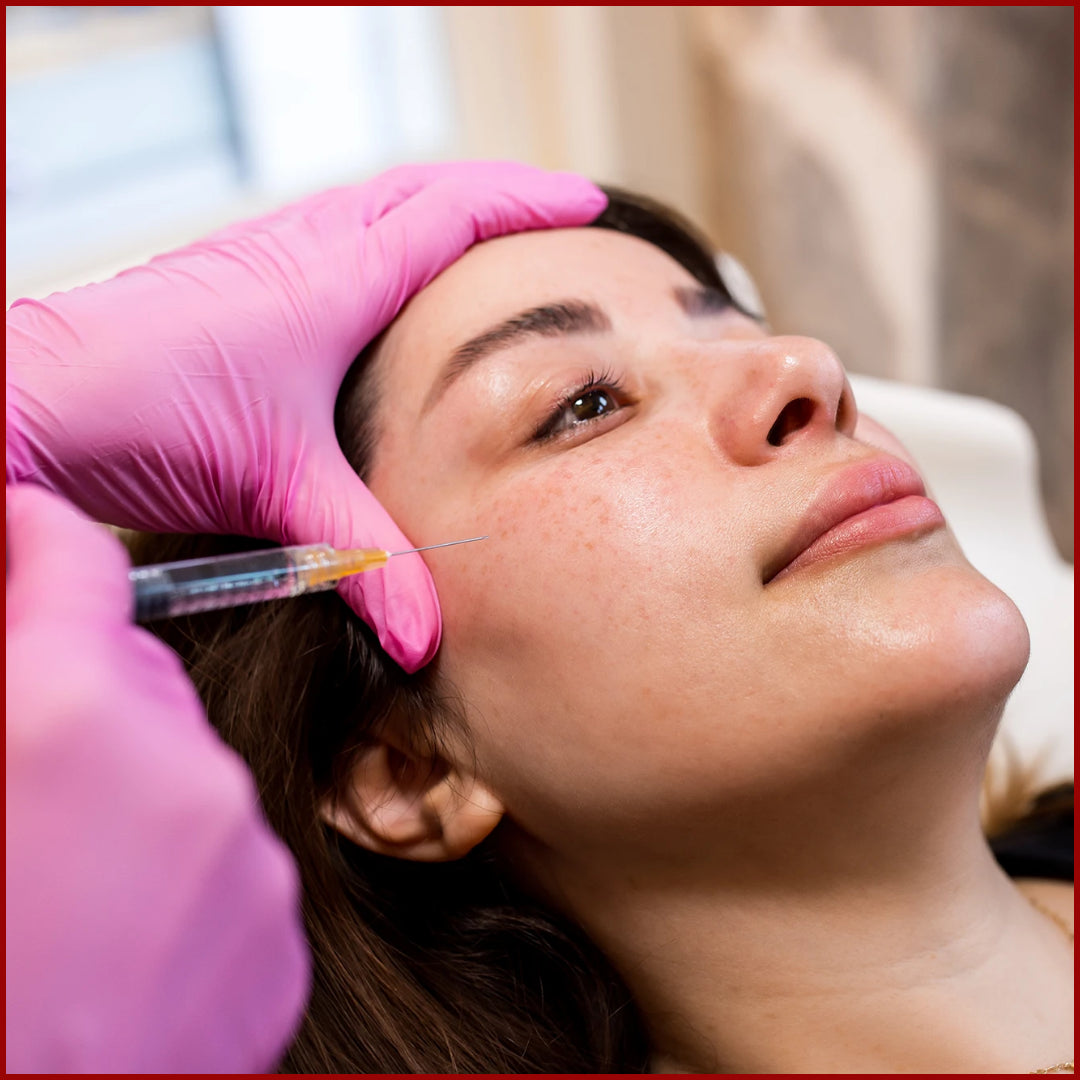
What are the advantages of Exosome Therapy?
- Despite its being an allogeneic (other human) or heterologous (other animal) cellular product, it contains no whole cells, which eliminates the risk of adverse reaction due to transfer of mutated or damaged DNA.
- Exosomes are extremely small (even for something within the human body) and because of this circulate extremely easily and quickly throughout the body, while cells on many occasions can be retained in the lungs due to their size. Therefore, by administering exosomes, it is possible to achieve a ‘dose’ of growth factors that circulates throughout the body to a greater extent than that obtained with the application of MSC.
- procedure time
What are the Risks of Exosome Therapy?
Potential side effects include contamination of cells through improperly harvested exosomes – this can result in growths or abnormal cell development in the target site or other areas of the body. Bacterial infection resulting from improper extraction methods or incomplete sterilization.
Who should avoid Exosome Therapy (Contraindications) ?
Exosome therapy is not recommended for anyone who has one of the following medical conditions:
- Systemic or uncontrolled infection
- Poor functional capacity
- End organ damage (cardiac, renal, hepatic, pulmonary)
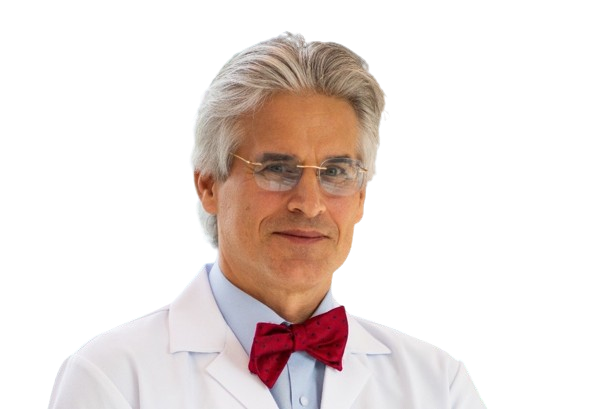
Ask the Expert: Regenerative Medicine & Longevity Treatments.
Discover the secrets to radiant, youthful skin with personalized guidance from our face and neck treatment expert. Ask the expert today and let us help you look and feel your best!
Cell Therapy
Generall Information
Cellular therapy encompasses a large spectrum of clinical procedures that utilize biological products– be they freshly obtained or previously stored. Among the most common cellular therapies are:
- Platelet-Rich Plasma (PRP)
- Adult Mesenchymal Stem Cells (MSCs)
What is Platelet-Rich Plasma (PRP) Therapy ?
Platelet-rich plasma (PRP) therapy uses injections of a concentration of a patient’s own platelets to accelerate the healing or the regeneration of aging tissues
How does Platelet-Rich Plasma (PRP) Therapy work ?
PRP injections use each individual patient’s own healing system to improve problems. PRP injections are prepared by taking anywhere from one to a few tubes of your own blood and running it through a centrifuge to concentrate the platelets. These activated platelets are then injected directly into your injured, diseased or aging body tissue. This releases growth factors that stimulate and increase the number of reparative cells your body produces
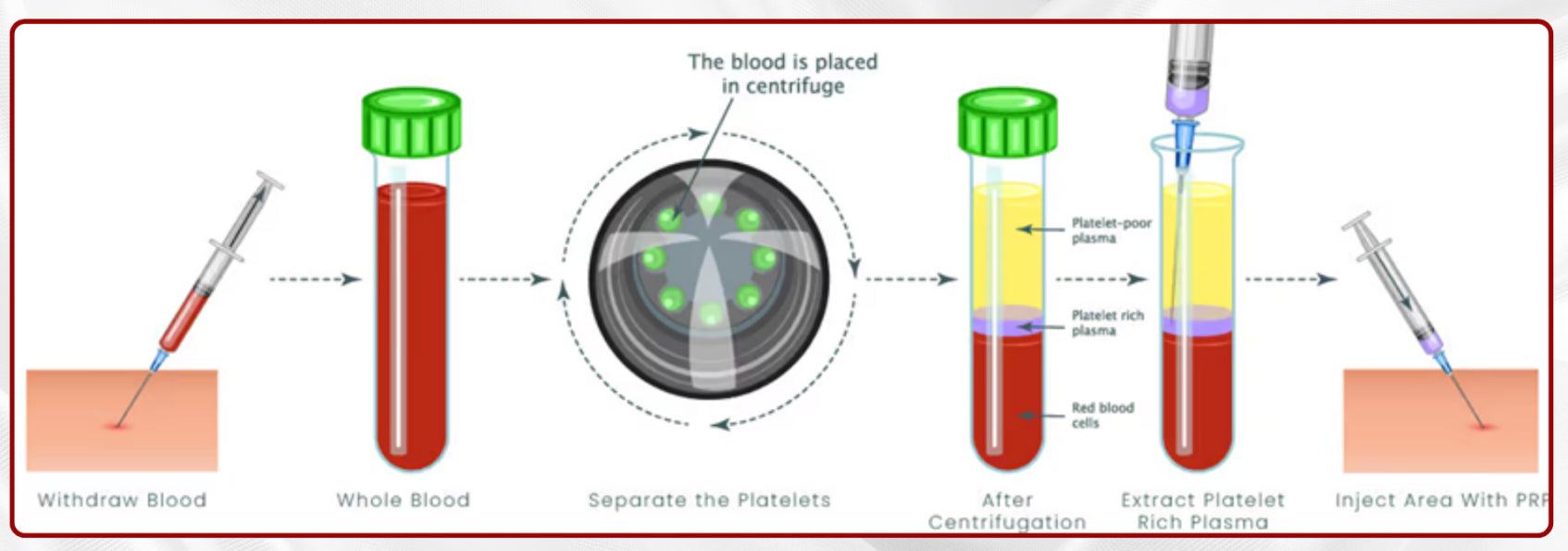
What are the risks of PRP treatment?
The main risks include local infection (< 1% chance) and pain at the site of injection. Injection of non-buffered PRP (which is acidic) tends to be very painful, thus we add a small amount of sodium bicarbonate to the solution to neutralize the pH, which seems to alleviate much of the pain associated with injection.
Who should avoid PRP treatment?
While PRP is considered safe for most people, it’s not recommended for anyone who has one of the following medical conditions:
- Hepatitis C
- HIV or AIDS
any type of blood cancer.
What are Stem Cells?
Stem cells are special human cells that are able to develop into many different cell types. This can range from muscle cells to brain cells. In some cases, they can also fix damaged tissues. Stem cell therapy is a promising strategy for regeneration of damaged organs, tissues or functions through the transplantation of stem cells. Stem cell are routinely used for blood cancer and blood disorder treatments.
How does Stem Cell Therapy work ?
The treatment consist of 3 stages:
- Stem Cell Harvest
- Stem cell Processing
- Stem Cell Application
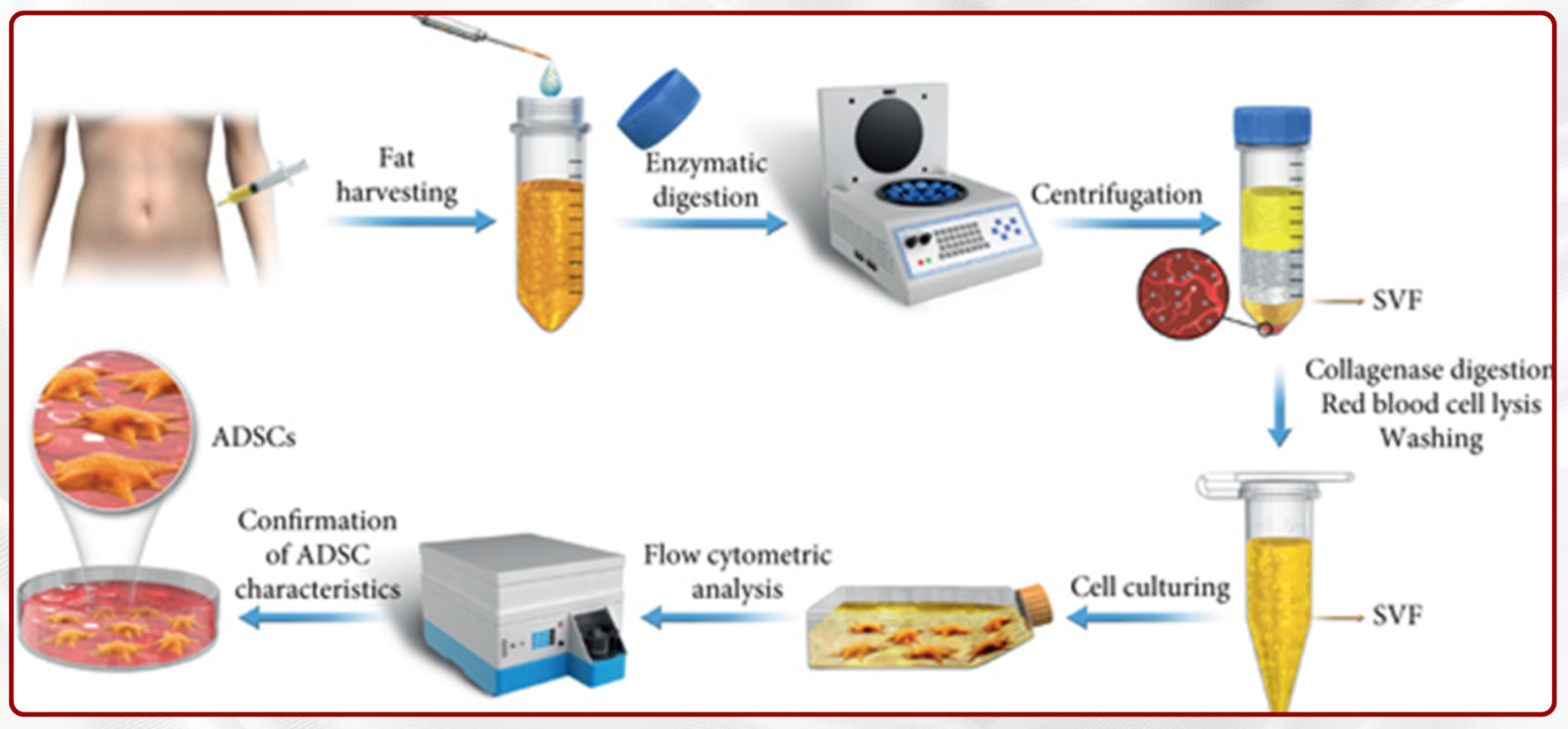
What are the risks of stem Cell Therapy?
The risk of stem cell therapy depends on:
- Source of stem cells (autologous/same patient, allogenic/different patient)
- Number of transplanted stem cells
- Type of application (percutaneous, intravenous, interstitial)
There are only minor risks for the immediate application of autologous stem cells:
The injection that increases the number of stem cells in the blood can cause side effects, such as bone pain, muscle aches, headache, fatigue, nausea and vomiting. Other possible side effects include being lightheaded or having chills, numbness or tingling around the mouth, and cramping in the hands.
Who should avoid Stem Cell treatment?
While autologous (same Patient) Stem cell transplantation is considered safe for most people, it’s not recommended for anyone who has one of the following medical conditions:
- Systemic or uncontrolled infection
- Poor functional capacity
- End organ damage (cardiac, renal, hepatic, pulmonary)


